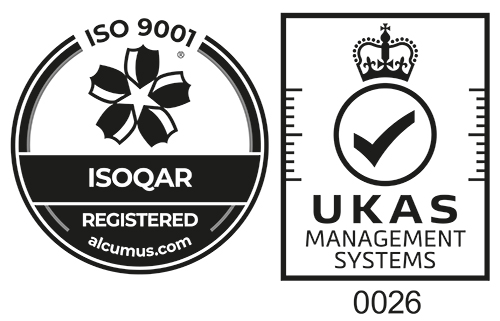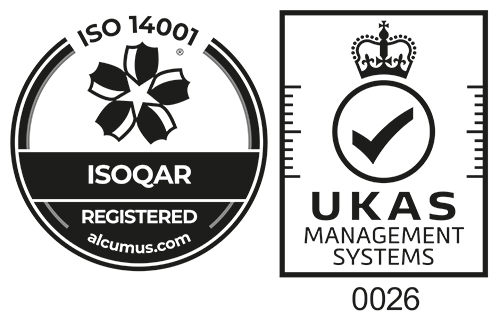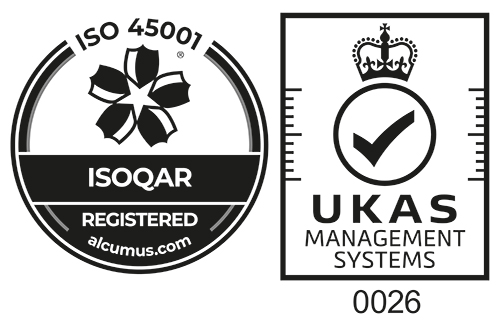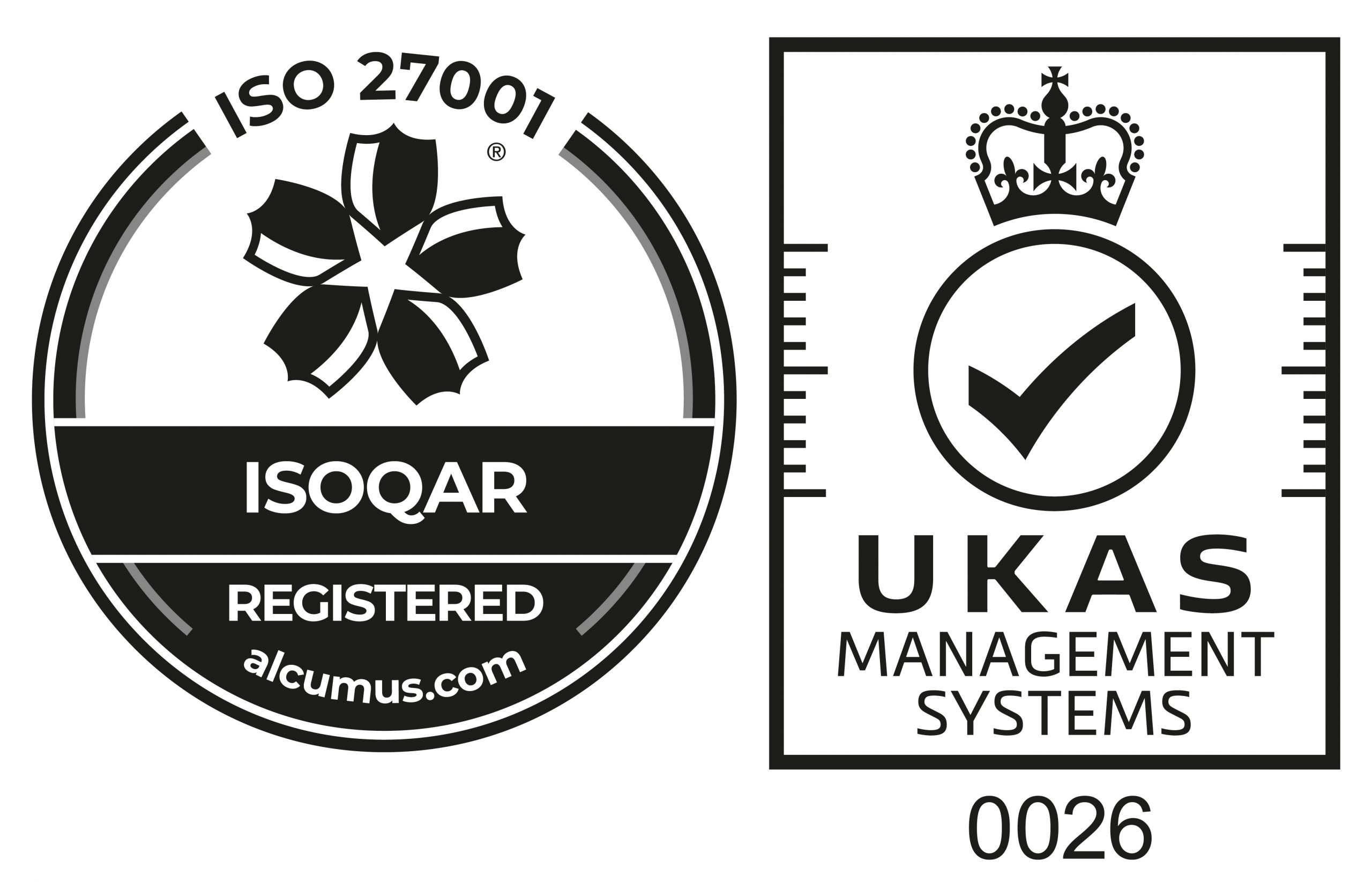It is not surprising that the most common forms of crime in the construction industry are theft, vandalism and health and safety neglect. These crimes contribute to the sector suffering millions of pounds’ worth of losses every year. These costs relate to not only the crimes themselves but also the resulting financial penalties, such as increased insurance premiums and project delays.
Recent research, carried out by the CIOB (Chartered Institute of Building), examines the scale and impact of crime on the construction industry and highlights the key areas of concern for senior level construction workers and management. Theft is the most common crime; 21% of respondent’s state that they experience theft each week and, overall, 92% are affected weekly, monthly or yearly. This indicates that the industry needs to seriously consider the prevention of theft and ensure that construction workers in supervisory roles know how to deal with it appropriately.
Focusing on theft and vandalism for this article, it is estimated that the construction industry suffers losses of more than £400 million* a year due to these, although it is hard to get an accurate figure as many of these crimes go unreported. The theft of plant poses a particular problem for the industry; the replacement of expensive equipment could lead to a project incurring substantial and unforeseen costs. The recovery rate for plant that has been stolen has improved in recent years. This is thanks to initiatives developed by membership organisation Construction Industry Theft Solutions (CITS), plus continuing collaboration with the police on crime prevention and the recovery of stolen goods.
Additionally, the theft of tools, building materials and small plant is also a major issue that plagues the industry – particularly as these crimes are sometimes perpetrated by direct employees or contractors working on a project. Let’s have a closer look at the figures:

The survey found that both tools and building materials are stolen by either direct employees/contractors (approximately half) or third parties. CCTV, security measures and access controls can help eradicate the problem caused by the latter, but what more can be done about this crime within the existing workforce? Small plant theft can also be attributed to workforce members in one in four cases. When we look at vandalism statistics committed on a project, we also see that approximately 20-25% is once again caused by this group. It should be noted here that statistically speaking contractors do seem more problematic than the direct workforce with regards to these issues.

These crimes have long reaching financial implications for all the organisations concerned. A £400 million pounds annual lost is a huge sum of money, compounded by an industry operating on notoriously low profitability margins. It is certainly money that the sector can ill afford, particularly in the current climate of BREXIT and exchange rate volatility.
The survey asked the respondents their opinion of the financial impact upon their organisations – One in four were unable to put a figure upon the cost of this crime, but nearly one in ten respondents said that crime in their industry costs them £100k or more annually.
The study concluded by asking if this problem has remained the same over the last year. Half felt it was no different, but worryingly 40% felt it was getting worst. This begs the questions – what measures can be undertaken to try and combat crimes carried out by the workforce?
Mosaic stock control, asset tagging & inspection manager is a powerful multifaceted tool to support management with the tracking of materials and equipment on-site. Historically, on-site materials tracking and locating have been made complicated by the use of traditional paper based tracking processes. These are invariably labour intensive, potentially ineffectual and contribute to the increase in construction costs.
This type of solution, provides a slick on-line process that easily allows you to book out and in items against a worker record. It provides an online and real time record of where plant, tools and materials are at any point in time during the project, and if policed correctly can reduce these losses.
To conclude, we will look at a live case study of Costain’s London Bridge project, to gain insight into the solution they employed to keep track of stock and machinery use. The client “Costain” wanted to make provisions to track workforce use of machinery, tools and issuing of PPE (Personal Protection Equipment). As they had 1000+ workers on site at any one time, they set up a designated storeroom on site manned by 7 Store Men over a 24-hour opening period. Mosaic’s Stock and Asset control manager system was employed and items were tagged up with RFID (Radio-Frequency Identification) and scanned out and back in using a PDA’s (Personal Digital Assistant). To date there has been over 1.4 million transactions where tools and stock have been accessed and returned.
To find out more about the Mosaic’s Asset & Stock Control Manager click here
*D. Edwards, Plant and equipment theft: a practical guide, 2007.
Source: Crime in the construction industry – CIOB (Chartered Institute of Building) survey 2016





















